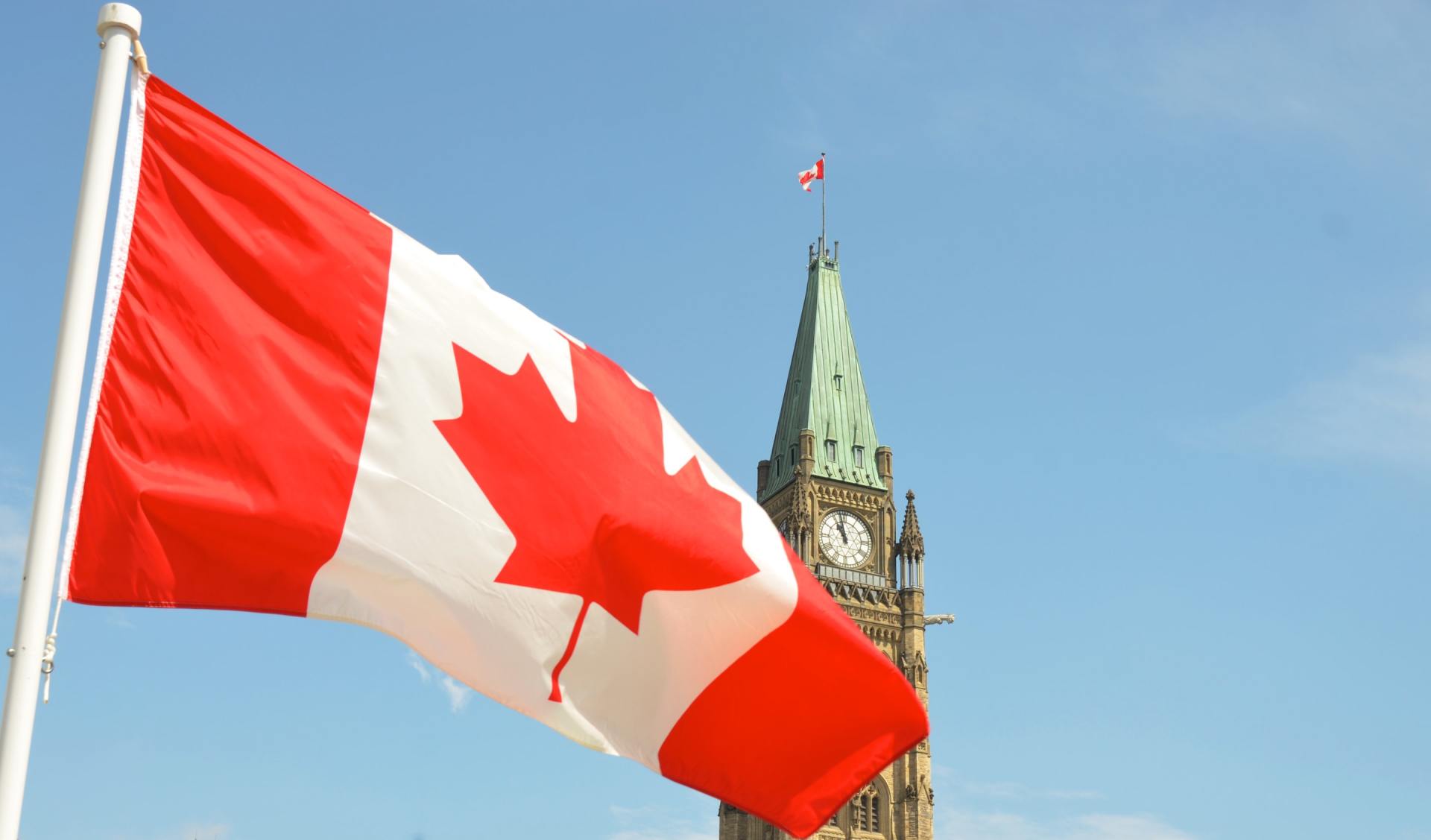COVID-19 Programs
Ward & Uptigrove is carefully monitoring the COVID-19 situation and as new relevant details become available, we will update this page and encourage you to check back frequently.
A short summary of small business support measures and programs is listed below. Click the program links for full program details, eligibility and application information. For a full list of measures, visit Canada's COVID-19 Economic Response Plan and Ontario's Help for Businesses.
Federal Subsidies & Grants
The Federal government has aligned emergency subsidy programs to support businesses negatively impacted by the COVID-19 pandemic. The programs' eligibility, subsidy rate structure and calculation of revenues mirror each other to be simpler for affected qualifying organizations.
Our Canada Emergency Subsidies page provides more information on eligibility, revenue decline, reference periods, and subsides rates for
- The Canada Recovery Hiring Program (CRHP)
- The Local Lockdown Benefit
- The Tourism and Hospitality Recovery Program (THRP)
- The Hardest-Hit Business Recovery Program (HHBRP)
- The Canada Emergency Wage Subsidy (CEWS), ended as of October 2021, the latest date to file a claim is April 21, 2022
- The Canada Emergency Rent Subsidy (CERS), ended as of October 2021, the latest date to file a claim is April 21, 2022
Federal Credit Programs
Business Credit Availability Program (BCAP)
$40 billion in direct lending and other types of financial support available through banks and credit unions to small and medium-sized businesses as follows:
- Export Development Canada (EDC) BCAP - Operating Credit and Cash-Flow Loan Guarantee
- Small & Medium Businesses: Up to $6.25 million, EDC guarantees 80%
- Market i.e. revenues of between $50 million to $300 million: Between $16.75 million to a maximum of $80 million, EDC guarantee 75%
- Business Development Canada (BDC) BCAP- Co-Lending Term Loans for Operational Cash Flow
- Small & Medium Businesses: Differing maximum finance amounts based on business revenues, up to $6.25 million
- Mid-Market i.e. companies with annual revenues in excess of approximately $100 million: Ranging between $12.5 million and $60 million to businesses whose credit needs exceed what is already available through the Business Credit Availability Program and other measures.
This program is available until December 31, 2021.
Highly Affected Sectors Credit Availability Program (HASCAP) Guarantee
Low-interest loans of $25,000 to $1 million guaranteed by the Government of Canada to cover operational cash flow needs for businesses that have experienced a minimum 50% year-over-year revenue decline for at least three of the months in the eight month period prior to the application. The business can be from any sector and must have previously applied for either the Canada Emergency Wage Subsidy or the Canada Emergency Rent Subsidy. Applications open February 1st at principal financial institutions and more widely by February 15. The guarantee is available until December 31, 2021.
Provincial Measures
Ontario Business Costs Rebate Program
Eligible businesses subject to capacity limits will receive rebate payments of their property tax and energy costs, equivalent to 50% for those subject to 50% capacity limits and 100% for those required to close for indoor activities. Online applications for this program will open in mid-January 2022, with payments to eligible businesses provided retroactive to December 19, 2021.
Ontario is also waiving interest and penalties between January 1, 2022 and July 1, 2022 for most provincially administered taxes including Employer Health Tax, Beer, Wine & Spirits Taxes, Tobacco Tax, Insurance Premium Tax, Fuel Tax, International Fuel Tax Agreement, Gas Tax, Retail Sales Tax on Insurance Contracts & Benefit Plans, Mining Tax and Race Tracks Tax.
Reopening Ontario
The Roadmap to Reopen is a three-step plan to reopen the province and gradually lift public health measures. Open businesses must have a safety plan prepared, conduct screening and follow protective health protocols including wearing a mask or face covering.
On January 3, 2022 Ontario strengthened public health measures in response to Omicron by Temporarily Moving to Modified Step Two of the Roadmap to Reopen effective Wednesday, January 5, 2022 at 12:01 a.m. for at least 21 days (until January 26, 2022).
Regional Opportunities Investment Tax Credit
To encourage business investment in certain regions of the province that have lagged in employment growth in the past, a refundable corporate income tax credit for Canadian-controlled private corporations that make qualifying capital investments between $50,000 and $500,000 in eligible regions (includes Perth, Huron, Grey and Bruce) of
- 20% if between March 23, 2021 and January 1, 2023 to a maximum credit of $90,000
- 10% if between March 25, 2020 and March 22, 2021 to a maximum credit of $45,000
To qualify for the tax credit, investments must be used to acquire, construct or renovate and meet the following eligibility
- commercial or industrial buildings (or other structures) that are included in capital cost allowance classes 1 or 6 for income tax purposes, and
- be located in a designated region (includes Huron, Perth, Grey, Bruce).
The credit is available in the taxation year when the building/structure is available for use in your business operations.
The tax credit will be claimed with the T2 Corporation Income Tax return using a separate CRA form Schedule 570, Ontario Regional Opportunities Investment Tax Credit and entering the amount of the credit on line 472 of Schedule 5, Tax Calculation Supplementary - Corporations.
Employee Leaves, Layoffs and Supports
Paid COVID-19 Leave
Ontario Bill 284 amend the Employment Standards Act, 2000 to provide eligible employees with up to 3 days of paid emergency leave for specific absences related to COVID-19. The Worker Income Protection Benefit or Paid Infectious Disease Emergency Leave (Paid IDEL), provides workers covered under the ESA are paid their regular wages up to a maximum of $200 per day for COVID-19 related absences between April 19, 2021 and July 31, 2022. These 3 days do not have to be taken consecutively. After the Paid IDEL is exhausted, the employee would be entitled to unpaid IDEL.
Employers
may be reimbursed by the Workplace Safety and Insurance Board (WSIB) by
submitting a claim.
Temporary Layoff Periods Extension
The Ontario government extended the temporary Infectious Disease Emergency Leave (IDEL) leave until December 31, 2021. Under the Employment Standards Act, 2000 (ESA), this provides temporary relief from the ESA’s termination and severance provisions for employers whose operations have been shut down or otherwise curtailed by COVID-19 O. Reg. 228/20, Infectious Disease Emergency Leave (IDEL Regulation).
- This temporary relief covers most private sector employers in Ontario and deems certain employees not to be considered on layoff but rather the IDEL retroactive to March 1st, 2020, and some actions not to be considered constructive dismissal.
- Any employees on the deemed IDEL will need to be recalled by the end date, switched to a layoff of 13 weeks (or 35 weeks if benefits continued) or terminated.
For businesses that are federally regulated, the Government of Canada has made amendments to the Canada Labour Standards Regulations to temporarily extend the layoff period by up to nine months. For employees laid off prior to March 31, 2020 and up until September 30, 2020, the time is extended by nine months or to March 31, 2021 unless a later recall date was provided in a written notice at the time of the layoff.
Canada Worker Lockdown Benefit
Provide $300 a week in income support to eligible workers should they be unable to work due to a local lockdown between October 24, 2021 and May 7, 2022. Between December 19, 2021 and February 12, 2022, this benefit will also be available for those impacted by capacity restrictions of 50% or more.
Canada Recovery Caregiving Benefit (CRCB)
$500 per week for up to 44 weeks per household, for eligible Canadians unable to work because they must care for a child under the age of 12 or family member because schools, day-cares or care facilities are closed due to COVID-19 or because the child or family member is sick and/or required to quarantine. This benefit is available between September 27, 2020 and May 7, 2022.
Canada Recovery Sickness Benefit (CRSB)
$500 per week for up to six weeks, for workers who are sick or must self-isolate for reasons related to COVID-19. This benefit is available between September 27, 2020 and May 7, 2022.
Canada Recovery Benefit (CRB)
Increased the maximum number of weeks available for the CRB, by an additional 4 weeks, to a total of 54 weeks, at a rate of $300 per week, to workers who are self-employed or are not eligible for EI, to support those who have not returned to work due to COVID-19 or whose income has dropped by at least 50%. The benefit is available between September 27, 2020 and October 23, 2021. Applicants must be available and looking for work, and must accept work where it is reasonable to do so.
Personal Taxes
Canadians working from home due to the pandemic, the government will extend the simplified rules for deducting home office expenses and increase the temporary flat rate to $500 annually. These rules will apply to the 2021 and 2022 tax years. For details on the simplified rules introduced in 2020, see our previous article which will be updated as the legislation becomes available.
Any government benefits received will need to be claimed on the individual's Personal Tax Return. Based on the annual income, additional taxes could be assessed on the 2020 personal tax return.
- CRSB and CRCB withhold $50 for taxes per week, CRB withholds $60 for taxes per week.
- If your taxable income is $75,000 or less and you received one or more of the eligible COVID-19 benefits (CERB, CESB, CRB, CRCB, CRSB or EI), you will have until April 30, 2022 to pay your taxes without being charged interest, though you must still file on time as late-filing penalty would still apply.
- If you operate a business as a sole proprietor or partnership & received CEBA, the forgivable portion is taxable in the year the loan is received so if you received this loan in 2020, you need to claim the total forgivable amount as income.
- If you have repaid CERB or other COVID-19 benefits, the amount repaid should be reflected on a T4A slip. There are instances where the repayment amount has been incorrectly applied by the CRA, and if you believe this is the case, please contact us.





